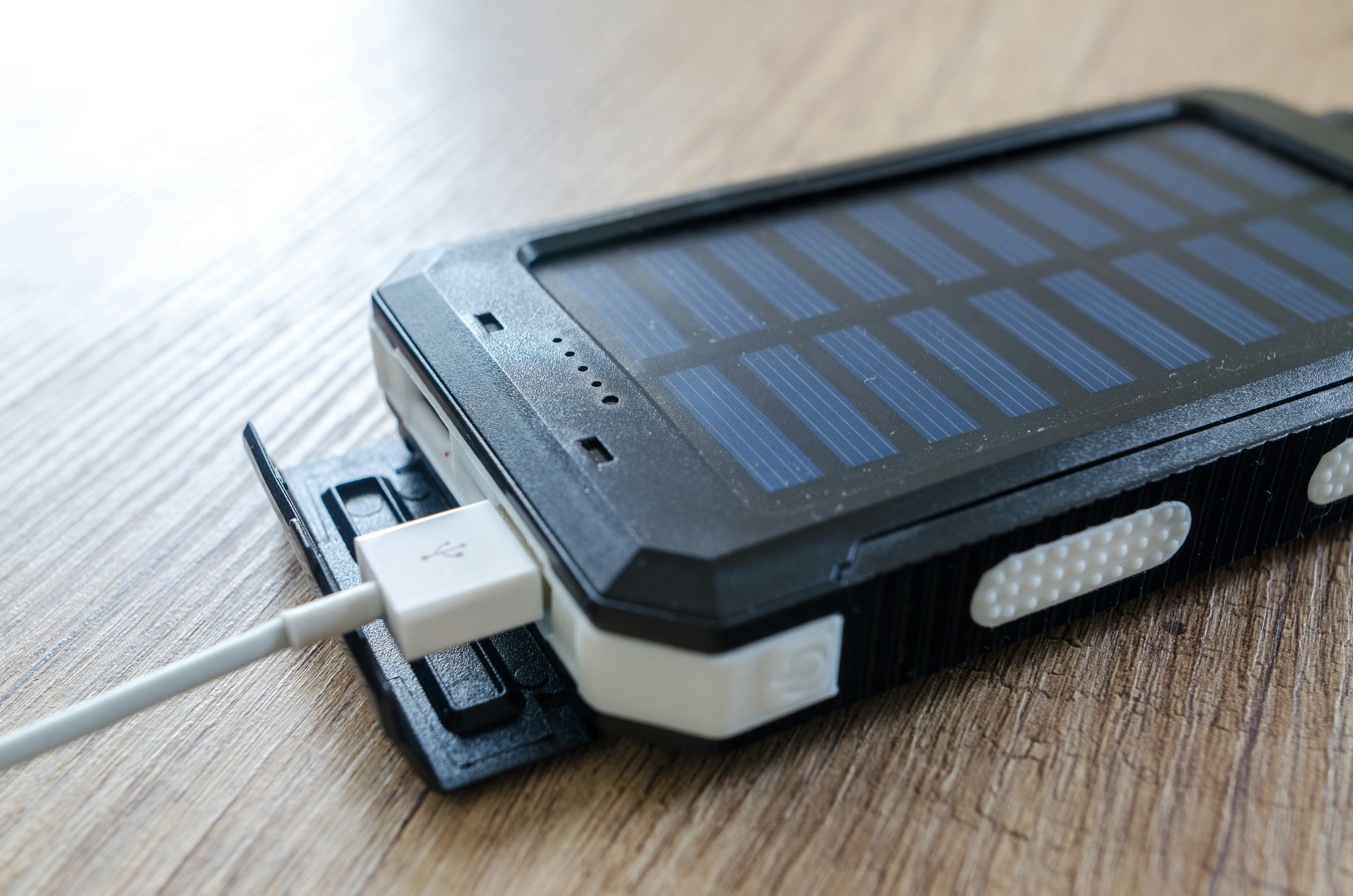Photovoltaic Energy – CPV Vs CST
You might think that each solar power plant is almost the same as any other. You would be wrong.
A solar power plant works more efficiently when sunlight is concentrated. A solar power plant system can be concentrated solar thermal (CST) type, use concentrated photovoltaic cells (CPV) or operate with a combination of the two (CPT).
You may be surprised to learn that the principles of concentrated solar power go back a long way; in fact, the Chinese were experimenting with solar power about 2,000 years ago. According to legend, the Greek scientist Archimedes caused the ships of an invading Roman fleet to catch fire using the principles of concentrated solar power, something that was actually recreated by a Greek scientist in the early 1970s. They have been used to generate power since the late 19th century, but it was not until the late 1960s that technology advanced to the point where such power generation methods became practical.
A CST plant uses a variety of parabolic mirrors and focusing lenses to concentrate solar energy and direct it to a small area, generating enough thermal heat to boil water. This boiling water, in turn, powers a turbine that operates an electrical generator, in the same way that a coal or oil plant does.
A concentrated solar photovoltaic power plant concentrates sunlight onto photovoltaic cells, thus generating electricity directly instead of using the energy to heat water. Due to the unique properties of the silicon compounds used as semiconductors in photovoltaic panels and because the electricity is generated directly, CPV is actually more efficient under most conditions.
However, most solar plants use both types, and each has different advantages. CST is best for hot water production and direct climate control (heating and cooling). CPV is more efficient in producing direct electrical energy that can be stored for later use.
Spending has been the most immediate barrier to expansion of the CPV and CST type of solar generation; in 2009, the price of building such a facility generating 250 megawatts would require an initial investment of between $600 million and $1 billion. Currently, this would cost consumers between 12 and 18 cents per kilowatt hour. However, as solar technology continues to advance, this cost is expected to drop to less than 0.05 cents per kilowatt hour in the near future, possibly as early as 2015.
